Junkyard Find: 1988 Mitsubishi Precis

The Hyundai Excel had a Mitsubishi engine, and so some obscure tenet of badge engineering mandated a Mitsubishi-branded Excel so it might drive on the same roads as Plymouth-branded Mitsubishis.
This was the Mitsubishi Precis, a car that was so stunningly bad and such a poor seller that this one is the first and only example I have ever seen in all my years of crawling through wrecking yards.
That makes it one of the rarest cars … in the world.
Hyundai makes good cars now, but the early Excel was about as bad a motor vehicle as you could buy in the mid-to-late 1980s (and I include the Yugo GV in that assessment). This one managed to get the odometer into the six-figure range, which makes it one of the most reliable first-gen Excels ever manufactured.
Americans had bought Mitsubishis since the Dodge Colts of the early 1970s, but you couldn’t buy a vehicle with Mitsubishi badges until the 1983 model year. Perhaps the Mitsubishi top brass felt that the Precis would give all those new dealerships in the United States another subcompact to sell alongside the Mirage.
68 horsepower. Yes, 68.
With the automatic, this car would have been hilariously slow even by the tolerant standards of 1988.
According to this schmaltzy ad, the car’s name is pronounced “PREE-ciss.”
[Images: © 2016 Murilee Martin/The Truth About Cars]

Murilee Martin is the pen name of Phil Greden, a writer who has lived in Minnesota, California, Georgia and (now) Colorado. He has toiled at copywriting, technical writing, junkmail writing, fiction writing and now automotive writing. He has owned many terrible vehicles and some good ones. He spends a great deal of time in self-service junkyards. These days, he writes for publications including Autoweek, Autoblog, Hagerty, The Truth About Cars and Capital One.
More by Murilee Martin
Latest Car Reviews
Read moreLatest Product Reviews
Read moreRecent Comments
- MaintenanceCosts Nobody here seems to acknowledge that there are multiple use cases for cars.Some people spend all their time driving all over the country and need every mile and minute of time savings. ICE cars are better for them right now.Some people only drive locally and fly when they travel. For them, there's probably a range number that works, and they don't really need more. For the uses for which we use our EV, that would be around 150 miles. The other thing about a low range requirement is it can make 120V charging viable. If you don't drive more than an average of about 40 miles/day, you can probably get enough electrons through a wall outlet. We spent over two years charging our Bolt only through 120V, while our house was getting rebuilt, and never had an issue.Those are extremes. There are all sorts of use cases in between, which probably represent the majority of drivers. For some users, what's needed is more range. But I think for most users, what's needed is better charging. Retrofit apartment garages like Tim's with 240V outlets at every spot. Install more L3 chargers in supermarket parking lots and alongside gas stations. Make chargers that work like Tesla Superchargers as ubiquitous as gas stations, and EV charging will not be an issue for most users.
- MaintenanceCosts I don't have an opinion on whether any one plant unionizing is the right answer, but the employees sure need to have the right to organize. Unions or the credible threat of unionization are the only thing, history has proven, that can keep employers honest. Without it, we've seen over and over, the employers have complete power over the workers and feel free to exploit the workers however they see fit. (And don't tell me "oh, the workers can just leave" - in an oligopolistic industry, working conditions quickly converge, and there's not another employer right around the corner.)
- Kjhkjlhkjhkljh kljhjkhjklhkjh [h3]Wake me up when it is a 1989 635Csi with a M88/3[/h3]
- BrandX "I can charge using the 240V outlets, sure, but it’s slow."No it's not. That's what all home chargers use - 240V.
- Jalop1991 does the odometer represent itself in an analog fashion? Will the numbers roll slowly and stop wherever, or do they just blink to the next number like any old boring modern car?

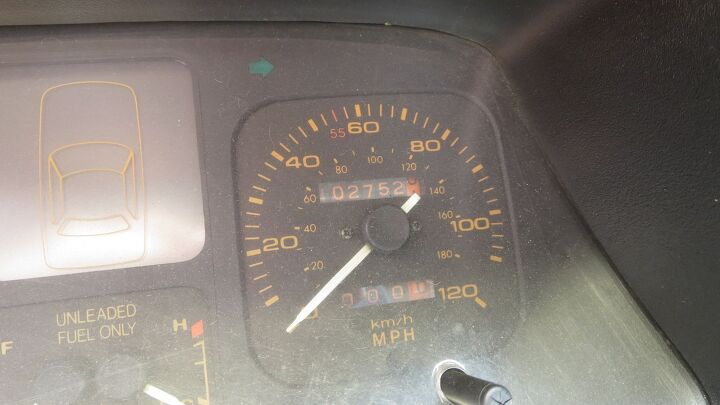


























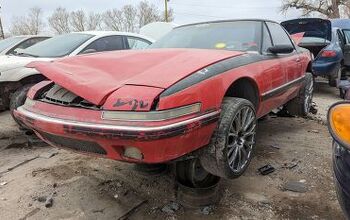

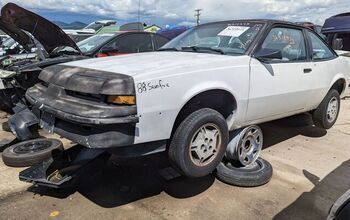

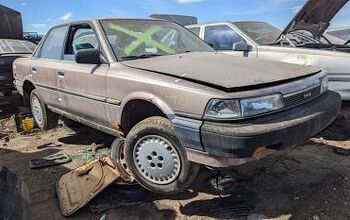










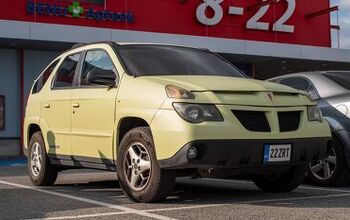


Comments
Join the conversation
We turned one of these over in auto shop class back in 1995 or 1996. Big trouble. They paddled us for it! We were really bad. Did you know it only takes a 9v battery to pop the airbags on an Olds Ninety Eight?
My first car was a 1989 Hyundai Excel with 40k miles and a 5 speed for $800 in 1998. I had my dad take it for a test drive. He felt strongly that I should buy it, so I did. It was such a pile. 68 horsepower and I remember a speed run downhill with a good tailwind got me up to 78 mph and the tach (which I pulled out of a better equipped model in a junkyard) was stuck at an insurmountable 3400 rpm. It had sizable rust holes in the rear quarters, which I used to duct cool air through dryer vent across my cheap "Sunday!SundaySunday! Amp that would constantly cut out due to overcurrent. . I put a big sticker in the back window that said "Honk if anything falls off" and cruised the ave like the kids in cooler cars.